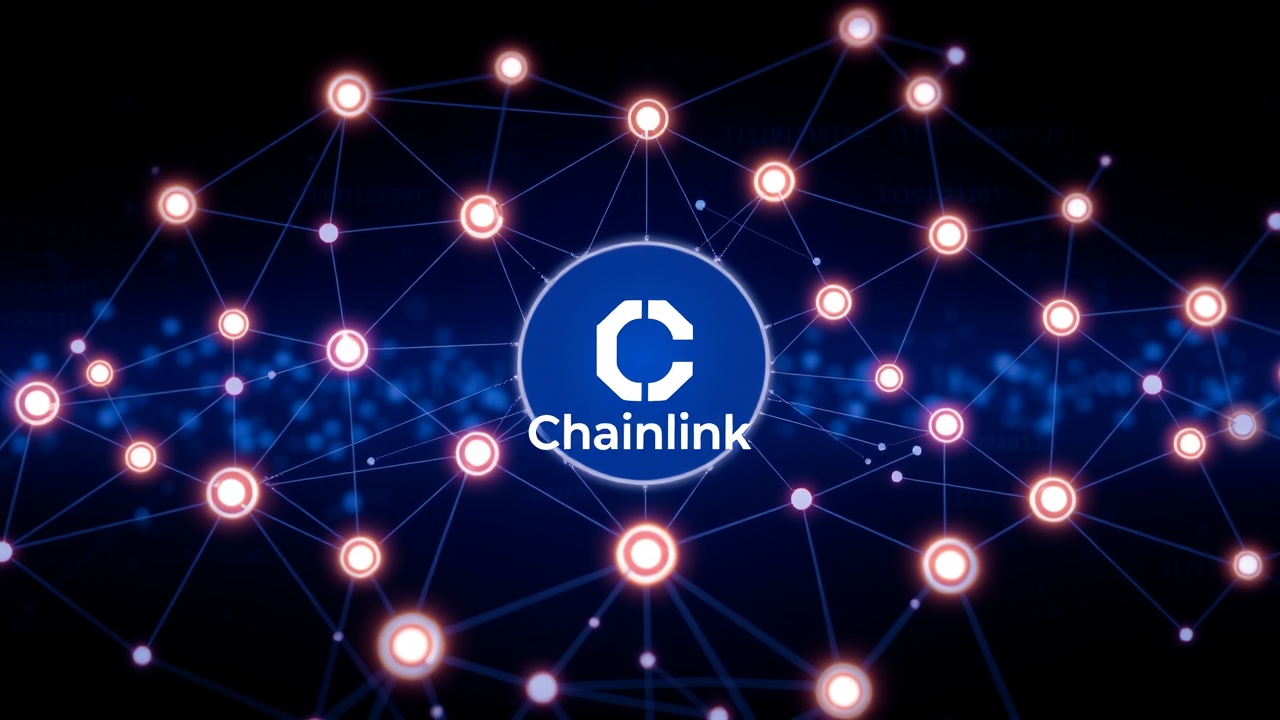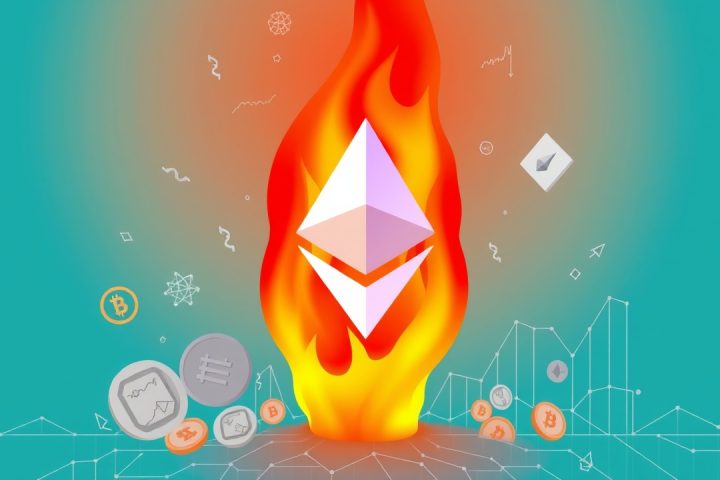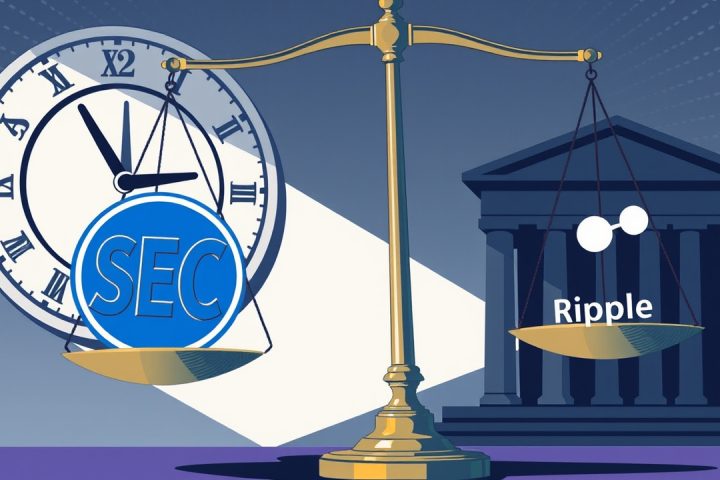Introduction to Oracles in Blockchain
In the realm of blockchain technology, oracles serve a pivotal purpose by supplying crucial external data to smart contracts. Acting as a bridge between the blockchain environment and real-world information, oracles are integral components of blockchain infrastructure. Their primary role involves fetching off-chain data that smart contracts themselves cannot directly access.
Working of Oracles
For instance, consider a scenario where a smart contract on the Ethereum blockchain needs to retrieve the trading volume of crude oil for a specific date. Since such data is not natively available on the blockchain, it necessitates the intervention of an oracle. The smart contract would log the required trading volume event, prompting a separate off-chain process to monitor and respond to this event. In this situation, once the event gets detected, the oracle would submit an on-chain transaction back to the smart contract with the relevant crude oil data.
Chainlink: The Leading Oracle Network
Dominating this aspect of the ecosystem is Chainlink, which currently captures the majority of the oracle market share. Chainlink is a decentralized oracle network designed to deliver reliable real-world data to blockchain environments securely. It fosters a self-sustaining ecosystem around its native LINK token, incentivizing stakeholders through economic mechanisms intricately linked to the oracle’s operational principles.
Understanding ERC 677 Standard
For Chainlink to function, it requires transactions in LINK tokens, which adhere to the ERC 677 standard on the Ethereum network. This standard introduces an innovative method called transferAndCall, which effectively blends the payment and service request processes, thereby enhancing the utility of token transfers in the context of oracle services.
When users make a transferAndCall transaction, their token transfer not only conveys payment but is also designed to invoke a method on the receiving contract. Consequently, the oracle’s contract will verify the specifics of the transfer, ensuring that it is legitimate and corresponds to the LINK token. Following successful verification, the oracle processes the service request contained within the transaction.
Reliability and Verification in Oracle Services
Moreover, it is critical for users to ascertain the reliability of an oracle before availing its services, primarily because the provision of these services comes at a cost. Upon receiving a request payment via the transferAndCall method, the oracle verifies that it is indeed receiving a LINK token transfer. It also ensures that the request relates to a valid service the oracle can fulfill, tracking and managing all ongoing requests and ensuring unique request identifiers are maintained.
Example of Chainlink’s Functionality
As an example of its functionality, Chainlink’s onTokenTransfer process meticulously checks the data associated with the request, generates unique identifiers, and issues OracleRequest events that encapsulate the service requirements in a compact encoding format. Once a request is validated and processed, callbacks trigger to relay the information requested back to the originating smart contract—ensuring a rapid response to maintain the efficacy of the oracle’s role in the transaction.
Conclusion
This comprehensive description of Chainlink’s oracle service elucidates its vital role in connecting decentralized applications (dApps) with external data sources, presenting a mechanism that increases the capabilities of smart contracts beyond the limitations of on-chain information. The depth and sophistication of these systems are critical as they evolve, enabling refined functionalities in the expansive universe of blockchain technology.




